What Are Environmental Sensors?
Compared to traditional manual monitoring methods, environmental sensors offer the following advantages:
• Real-Time Monitoring: Continuous data collection with instant feedback.
• High Precision: Advanced sensing technologies ensure data accuracy.
• Automation: Reduced human intervention for improved efficiency.
• Versatility: Customizable designs tailored to various environmental parameters.
Types of Environmental Sensors
1. Air Quality Sensors
• Particulate Matter (PM2.5/PM10): Measures fine particles to assess air pollution levels.
• Volatile Organic Compounds (VOCs): Detects harmful gases emitted from paints, cleaners, etc.
• Carbon Monoxide (CO) and Carbon Dioxide (CO2): Used for indoor air quality monitoring and industrial safety.
• Ozone (O3): Evaluates ground-level ozone to protect public health.
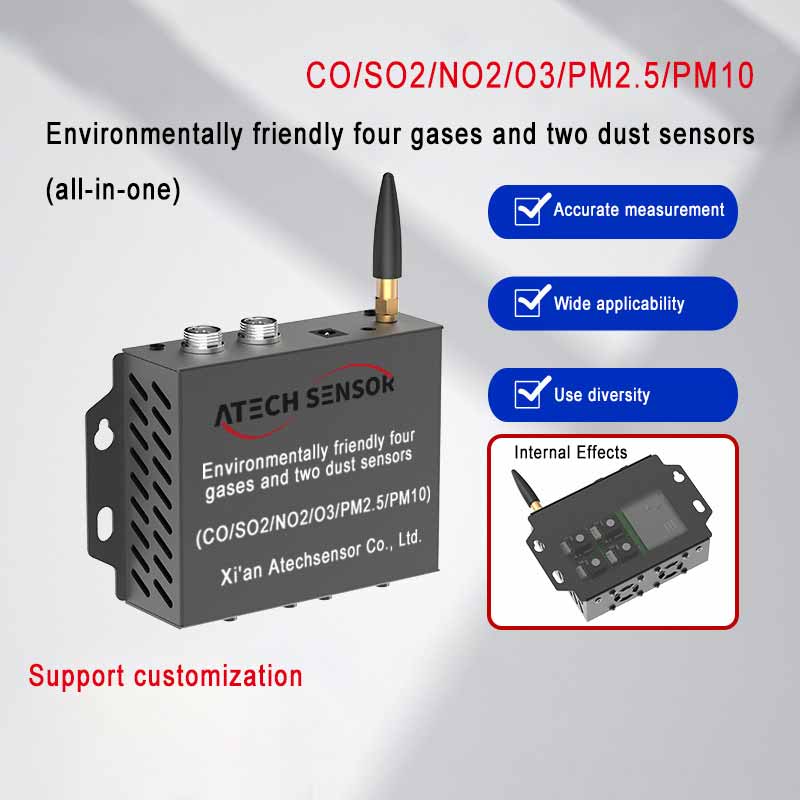
2. Temperature and Humidity Sensors
• Agriculture, to monitor crop growth conditions.
• Smart homes, to regulate indoor comfort.
• Industrial processes, to ensure optimal equipment operation.
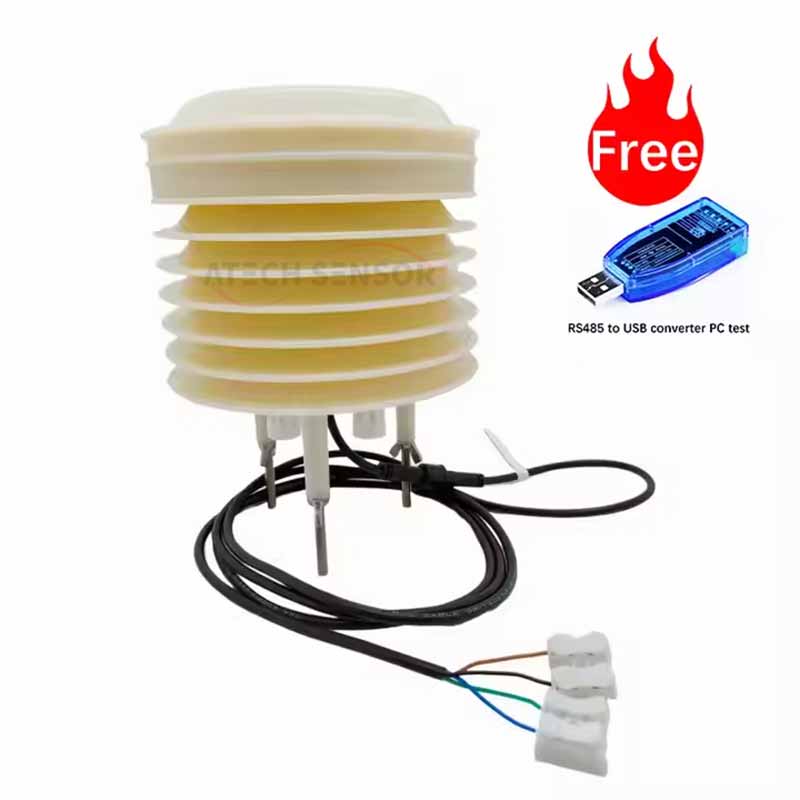
3. Water Quality Sensors
• PH: Measures water acidity or alkalinity.
• Dissolved Oxygen (DO): Assesses ecological health of water bodies.
• Turbidity: Quantifies suspended particles in water.
• Heavy Metals and Organic Pollutants: Monitors industrial wastewater.
• Applications include water resource management, environmental monitoring, and aquaculture.
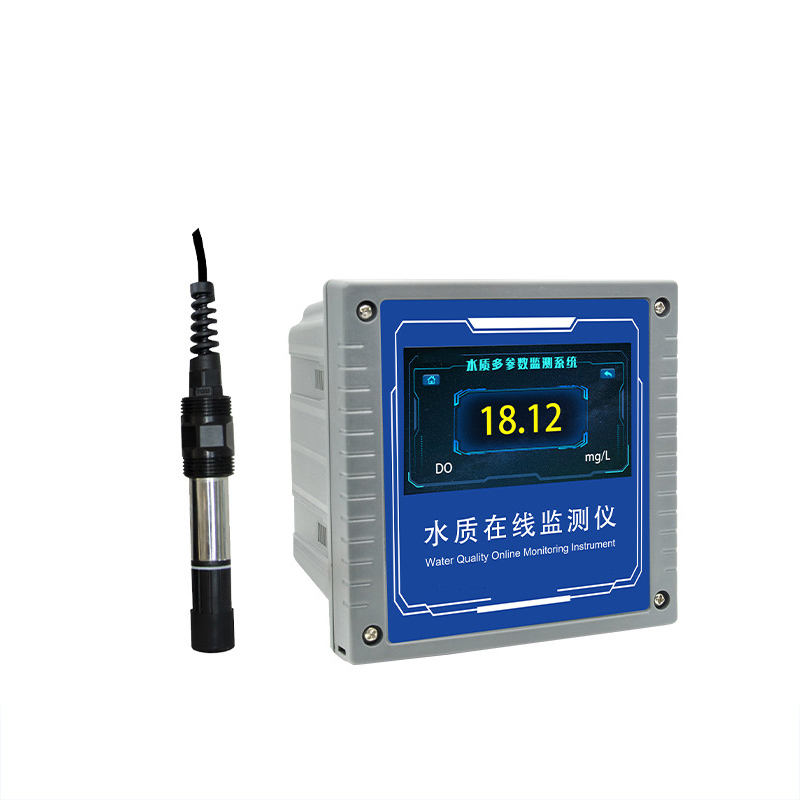
4. Soil Sensors
• Moisture Content: Optimizes irrigation strategies.
• Nutrient Levels: Measures nitrogen, phosphorus, and potassium for precise fertilization.
• Salinity: Prevents soil salinization.
• These sensors are critical for smart agriculture.
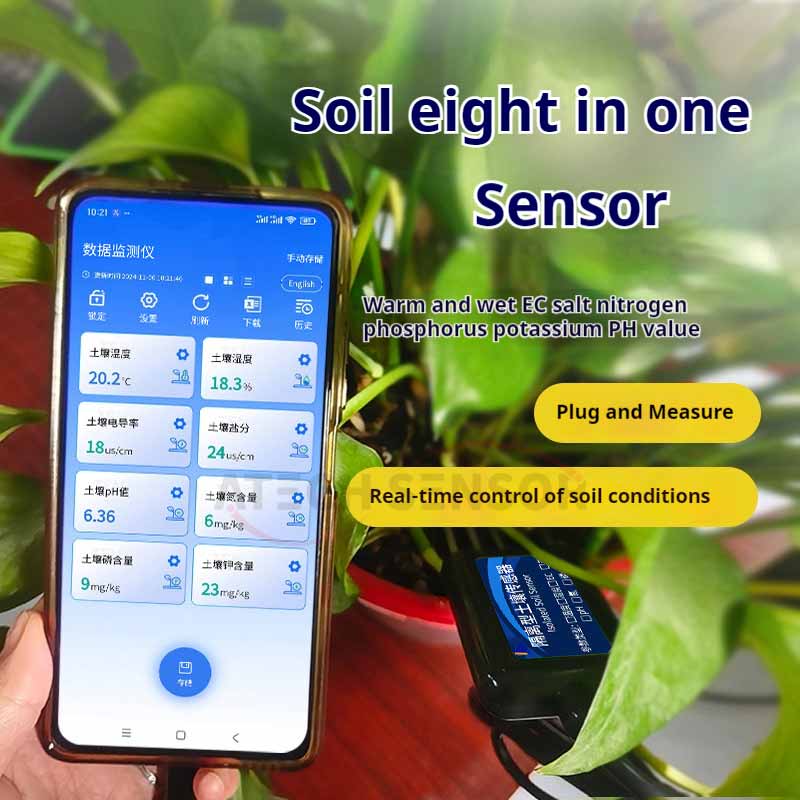
5. Noise and Light Sensors
• Light Sensors: Detect light intensity, applied in greenhouse agriculture or urban lighting management.
6. Weather Sensors
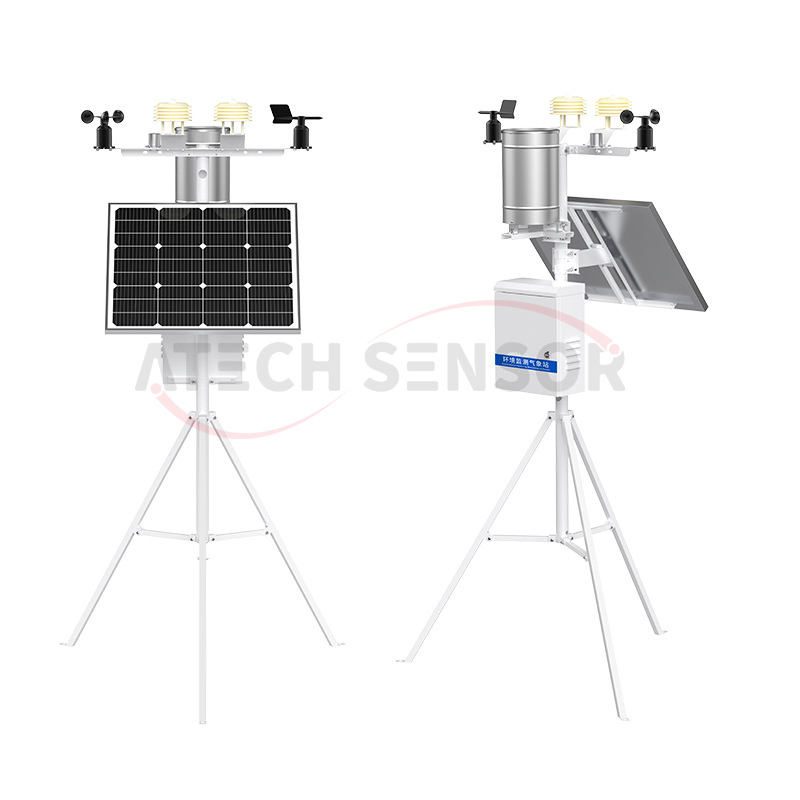
How Environmental Sensors Work
1. Sensing: A sensing element detects physical or chemical changes (e.g., temperature shifts or gas concentrations).
2. Conversion: The detected signal is converted into an electrical signal, typically analog.
3. Processing: Circuits or chips amplify, filter, calibrate, and convert the signal into digital format.
4. Transmission: Data is sent via wired or wireless methods (e.g., RS485, LoRa, Wi-Fi) to a terminal device or cloud platform.
5. Display and Analysis: Data is visualized and analyzed on platforms for trend monitoring and decision-making.
Key Application Scenarios
1. Environmental Protection
• In urban areas, air quality sensor networks track PM2.5 and NO2 levels in real time, aiding governments in developing emission reduction policies.
• Water quality sensors monitor rivers and lakes to detect illegal discharges promptly.
• Soil sensors assess land degradation and guide ecological restoration efforts.
2. Smart Cities
• Noise sensors help plan low-noise zones, improving resident well-being.
• Weather sensors provide data for traffic management and disaster preparedness.
• Light sensors optimize urban lighting systems, reducing energy consumption.
3. Industrial Production
• Gas sensors detect toxic gas leaks in factories, protecting workers.
• Temperature and humidity sensors maintain optimal conditions for precision manufacturing.
• Water quality sensors ensure industrial wastewater complies with environmental regulations.
4. Modern Agriculture
• Soil sensors guide irrigation and fertilization, minimizing waste.
• Weather sensors predict weather changes, mitigating the impact of natural disasters on crops.
• Greenhouse gas sensors regulate indoor environments to boost crop yields.
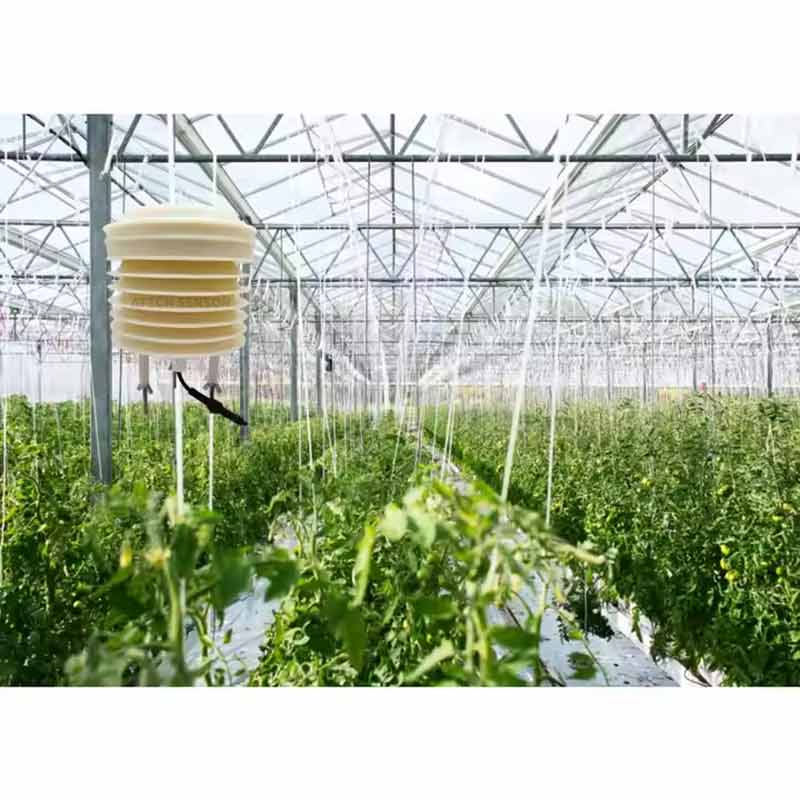
5. Scientific Research
Environmental Sensors in the Global Market and Future Trends
Current Trends:
• Multi-Parameter Integration: Single sensors capable of monitoring multiple parameters, reducing deployment costs.
• Edge Computing: Local data preprocessing to reduce communication loads.
• Cloud Integration: Remote data visualization, historical trend analysis, and predictive alerts.
Market Growth Projections:
Conclusion
Environmental sensors are foundational to building a smarter, more sustainable world. Whether safeguarding public health, enhancing operational efficiency, or addressing climate change, these devices play an irreplaceable role. For businesses, investing in high-quality, reliable environmental sensors not only improves operations but also supports environmental compliance and sustainability goals.

